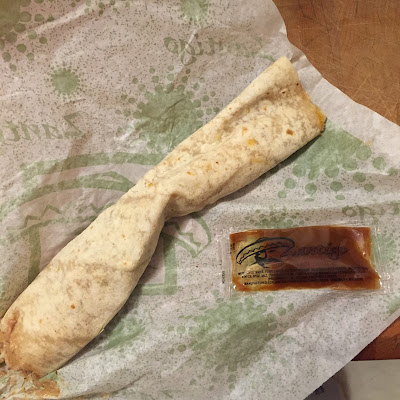Locally inspired: The Northern Plate
New Nordic is the North's answer to both the Slow Food movement (striving to preserve traditional and regional foods through promotion of healthy sustainable ingredients) and the Mediterranean diet (health-forward, eat more vegetables and healthy fats, eat less meat and processed foods). Ten years ago a dozen Nordic chefs got together and created the cuisine. New Nordic is all about eating the best regional and seasonal ingredients available prepared using traditional Nordic techniques (think pickling, curing, smoking, brining, salting). The effort promotes sustainability (health of the individual depends on health of the planet) and ethical values. Recent studies show that eating a New Nordic diet lowers cholesterol, weight, and blood pressure. The diet makes sense in Midwestern America where our climate and region are so similar to those that our Nordic cousins enjoy.
During a Minnesota summer, eating local and seasonal ingredients is easy. In fact we suffer from abundance. In late June our lips are stained red from eating every strawberry and raspberry we can find. When the tomatoes come in we have tomato sandwiches for breakfast, lunch, and dinner. Corn in August means cobs on the grill, raw corn salads, and corn salsa. What we can't eat, we preserve for winter's coming months.
And there begins our challenge. How do we eat local and seasonal during six months of deep freeze? First, we reach for those preserved summer fruits and vegetables. We round out our meals with root vegetables, grains such as barley and wild rice, hazelnuts and legumes, cranberries, maple and honey, mushrooms, and sturdy greens. Year-round farmers markets and co-ops offer local humanely-raised meats and fish, organic eggs and cheeses. All we need it a little time and creativity to pull these ingredients together for months of delicious meals.
The folks from Minnesota Historical Society Press recently gifted me with cookbooks from their Northern Plate series, "... celebrating the bounty of the Upper Midwest by focusing on a single ingredient, exploring its historical uses as well as culinary applications across a range of dishes." Each book focuses on one regional ingredient, with recipes for every season. When I talk to other homecooks about the possibilities of eating local and seasonal all year long, these four books top my inspirational reading recommendations.
"Rhubarb Renaissance," by Kim Ode
120 pages, available for $16.95 at MHS Press website and in area museum gift shops.
Opens with Ode's signature wit in a charming story about childhood dares and biting into a raw stalk of bitter rhubarb. There are loads of great recipes for traditional cooks such as rhubarb mostarda, compote, and salsa, Rhubarb Crisp, and several cakes. The recipes that really shine are the slightly more unusual such as Rhuba-Dillas (a sour play on quesadillas), Spiced Rhubarb-Squash Ravioli, and Rhubarb Foster. (My Minnesota winter tip: If you haven't got a freezer full of rhubarb many of these recipes will adapt nicely to cranberries as a substitution.)
"Modern Maple," by Teresa Marrone
168 pages, available for $16.95 at MHS Press website and in area museum gift shops.
Includes history of making maple sugar, hints for using the ingredient in place of sugar, an entire chapter on making maple condiments, and recipes both savory and sweet. Marrone's North Wood's Hollandaise and Candied Bacon are two of my favorites.
"Sweet Corn Spectacular," by Marie Porter
136 pages, available for $16.95 at MHS Press website and in area museum gift shops.
Porter's corn saga began when she married "the King of All Corn Freaks" and she was thrust into life with a man who wouldn't mind eating corn for every meal, every day. Includes tips for selecting and cooking corn, and recipes for every meal, every day, just as the King of All Corn Freaks would like. Must-try recipes include Beer-Battered Corn on the Cob (proof that love inspires creativity, pleasure, and bliss), Low Country Boil (for my local twist I substitute walleye for the shrimp), and Corn Cob Jelly.
"Smitten with Squash," by Amanda Paa
168 pages, available for $17.95 at MHS Press website and in area museum gift shops.
Book is divided by the versatile vegetable's seasonality: summer squash and winter squash. Few of us could resist Tomato and Summer Squash Cobbler with Rosemary Biscuits, or the under-appreciated squash blossom starring as Stuffed Squash Blossoms with Burrata and Capers. Need inspiration for cooking during this January super freeze? Paa's winter squash section focuses on subgroups and varieties, offering advice for harvesting, preserving, and cooking. Recipes have a gluten-free component that many cooks will appreciate, and Paa provides useful general cooking tips, not only for squash preparation.



Comments